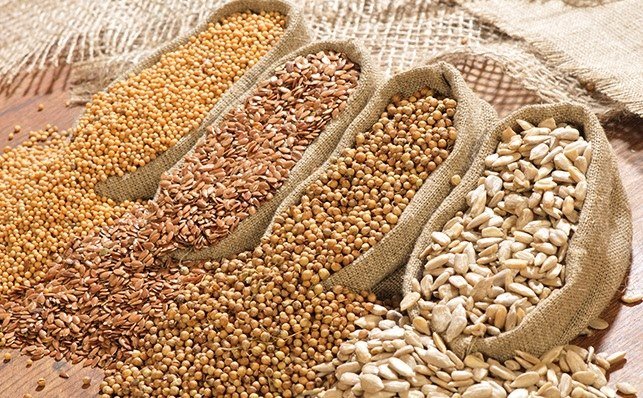Saturday, 22 November 2025

Policy initiative seeks to stabilise markets, safeguard farmers, and advance India’s oilseed autonomy
In a decisive stride toward reinforcing agrarian stability and farmer prosperity, the Government of India has unveiled an expansive Rs 15,000 crore procurement blueprint for pulses and oilseeds spanning four principal producing states. The initiative—approved under the Price Support Scheme (PSS)—reaffirms the Centre’s resolve to ensure remunerative returns for cultivators, even amid the headwinds of a turbulent global commodity landscape and supply disruptions in the edible oil sector.
The procurement drive, encompassing tur (pigeon pea), urad (black gram), moong (green gram), groundnut, and soybean, will be operationalised through Nafed and the National Cooperative Consumers’ Federation (NCCF), in concert with state administrations. It is designed not merely to absorb seasonal surpluses but also to avert distress sales, fortify national food reserves, and bolster rural liquidity during peak harvest cycles.
Following extensive deliberations between the Department of Agriculture and Farmers Welfare (DA&FW) and the governments of Madhya Pradesh, Maharashtra, Rajasthan, and Telangana, the scheme is projected to benefit over 3.5 million smallholders. It also dovetails seamlessly with the broader vision of oilseed self-sufficiency articulated under the National Food Security Mission (NFSM).
The timing of this policy is both strategic and symbolic. India’s edible oil import dependency—hovering near 60 per cent—continues to weigh heavily on the exchequer, while domestic oilseed output struggles to keep pace with rising consumption. By scaling procurement operations, the government aims to instill confidence among cultivators to shift from water-guzzling cereals toward more remunerative and climate-resilient pulse and oilseed crops.
A senior agriculture ministry official described the measure as “a proactive stabilisation instrument designed to insulate farmers from price volatility and to embed resilience across India’s protein and edible oil value chains.”
Under the approved framework, Nafed and NCCF will intervene when market rates dip below the Minimum Support Price (MSP)—thereby providing a critical price floor. The agencies will also steward scientific storage, calibrated releases, and value-chain linkages, ensuring that procurement enhances rather than distorts the market equilibrium.
In FY25, pulse procurement reached 2.1 million tonnes, while oilseed procurement exceeded 3.6 million tonnes under the PSS. The new financial outlay is anticipated to elevate these figures by 20–25 per cent, thereby augmenting strategic reserves and narrowing the price differential between domestic and imported oils.
Economists interpret this as a structural recalibration of India’s agri-economy—a shift from reactive procurement to systemic value-chain fortification, encompassing seed innovation, cluster development, processing capacity, and export competitiveness.
“Price stability,” noted one analyst, “is not merely a function of procurement; it is the bedrock upon which investment confidence and agri-industrial modernisation are built.”
This policy thrust aligns with the government’s Atmanirbhar Oilseeds Mission, which aspires to achieve 70 per cent self-reliance by 2030 through productivity gains, hybrid seed advancement, and market-linked incentives for growers.
Ultimately, the Rs 15,000 crore procurement plan is more than an exercise in fiscal outlay—it is a declaration of intent. It seeks to empower India’s farmers with predictability, stabilise consumer markets, and propel the nation closer to agricultural sovereignty in two vital segments: protein and oilseed production.